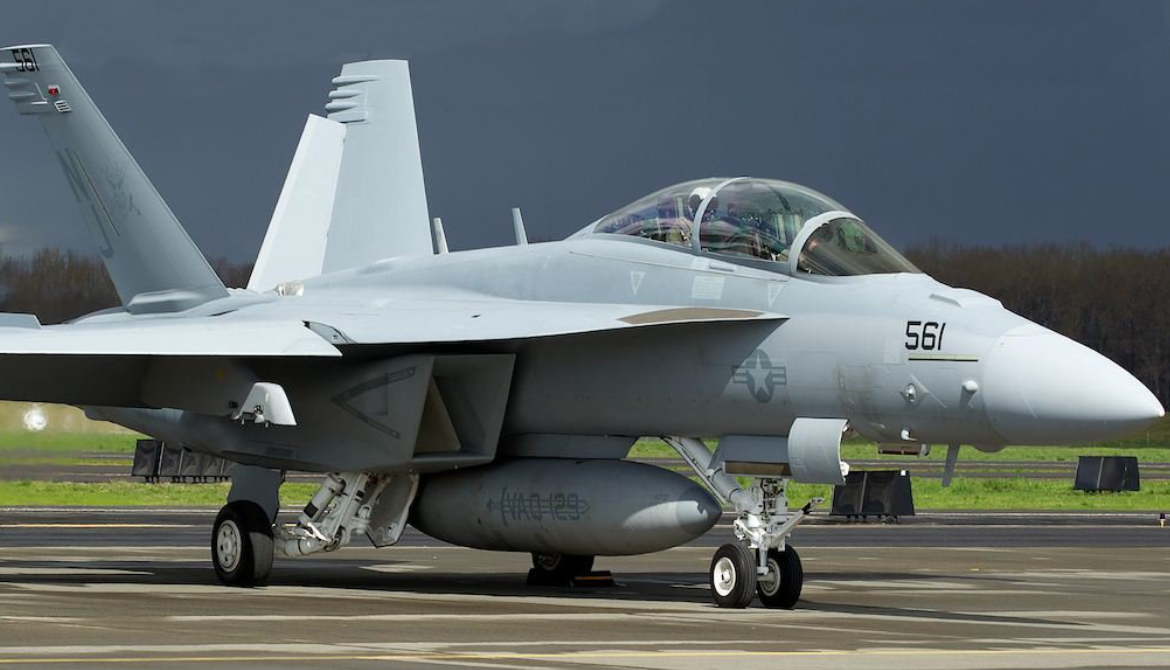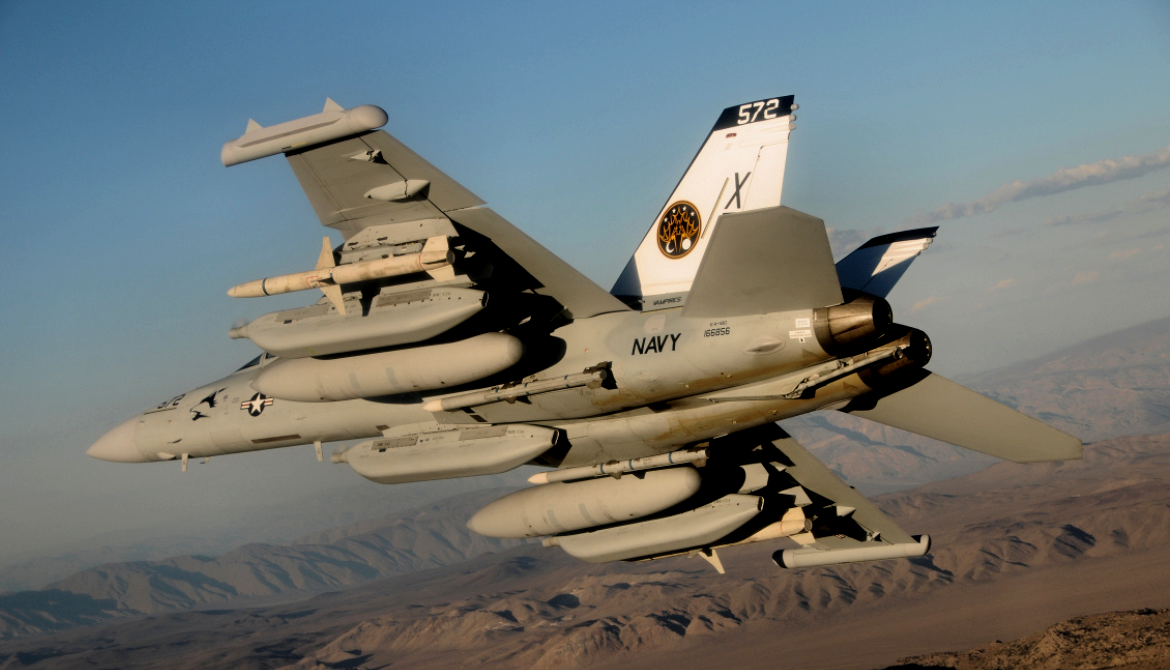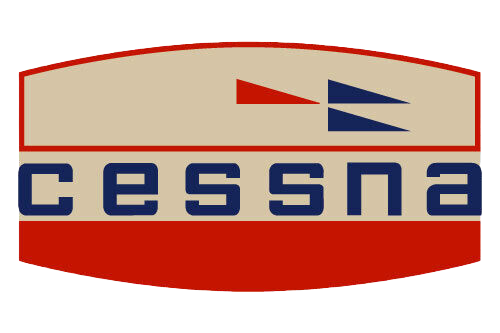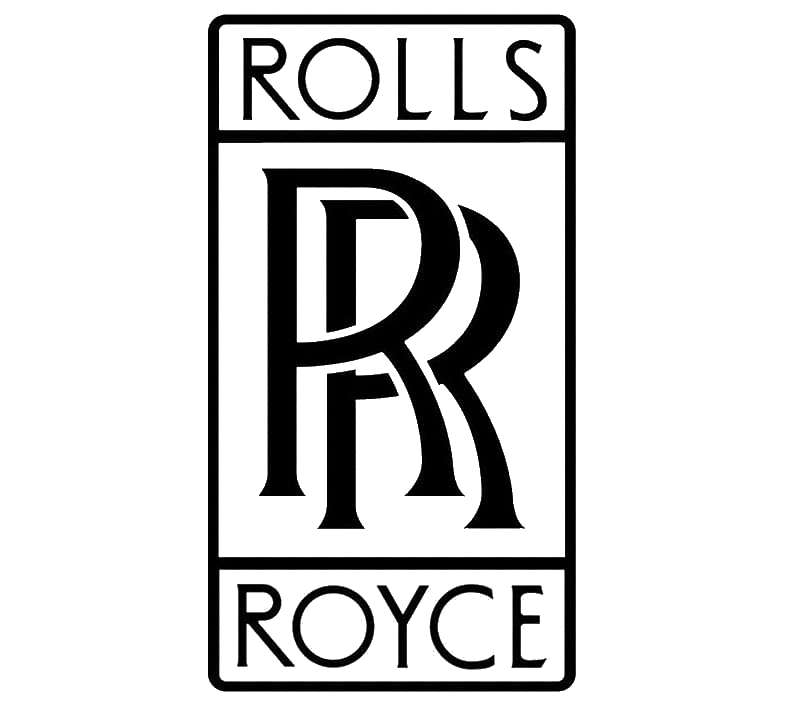Boeing Military
EA-18G Growler
Role Electronic warfare aircraft
National origin United States
Manufacturer Boeing
First flight 15 August 2006
Introduction 22 September 2009
Status In service
Primary users United States Navy
Royal Australian Air Force
Produced 2004–present
Number built 172 as of October 2021
Developed from Boeing F/A-18F Super Hornet
.
History Boeing EA-18G Growler
"Electronic warfare aircraft"
The Growler's flight performance is similar to that of the F/A-18E/F. This attribute enables the Growler to perform escort jamming as well as the traditional standoff jamming mission (Radar jamming and deception). Growlers are able to accompany F/A-18s during all phases of an attack mission.[26] In order to give the Growler more stable flight for the electronic warfare mission, Boeing changed the leading edge fairings and wing fold hinge fairings, and added wing fences and aileron "tripper strips"
The Growler has more than 90% in common with the standard Super Hornet, sharing airframe, Raytheon AN/APG-79 AESA radar and weapon systems such as the AN/AYK-22 stores management system. Most of the dedicated airborne electronic attack equipment is mounted on a plate in the space that used to house the internal 20 mm cannon and on the wingtips. Nine weapons stations remain free to provide for additional weapons or jamming pods.[28] The added electronics include AN/ALQ-218 wideband receivers on the wingtips and ALQ-99 high and low-band tactical jamming pods. The ALQ-218 combined with the ALQ-99 form a full spectrum electronic warfare suite that is able to provide detection and jamming against all known surface-to-air threats. However, the current pods may be inadequate against emerging threats0
KmCeiling
0
TonsWeight
0
MachAircraft Speed
0
Max Crew
Photo Gallery
Boeing EA-18G Growler
"Electronic Warfare"


Boeing Military Airplanes
Boeing EA-18G Growler
"EWA"
General characteristics
- Crew: 2 (pilot and weapon systems officer)
- Length: 60 ft 1.25 in (18.31 m)
- Wingspan: 44 ft 8.5 in (13.62 m)
- Height: 16 ft 0 in (4.88 m)
- Wing area: 500 sq ft (46.5 m2)
- Empty weight: 32,081 lb (14,552 kg)
Powerplant
- Gross weight: 47,000 lb (21,320 kg) (equipped as fighter)
- Max takeoff weight: (29,937 kg)
- Internal fuel capacity: F/A-18E: 14,700 lb (6,667 kg), F/A-18F: (6,241 kg)
- External fuel capacity: Up to 4 × 480 gal (1,800 L) tanks, totaling 13,040 lb (5,914 kg), option for 2x 515 gal (1,949 L) conformal fuel tanks totaling an additional (3,175 kg) on Block III
-
Powerplant:
2 × General Electric F414-400 turbofans, 13,000 lbf (58 kN) thrust each dry, 22,000 lbf (98 kN) with afterburner
Specifications
- Maximum speed: 1,030 kn (1,190 mph, 1,915 km/h) at 40,000 ft (12,190 m)
- Maximum speed: Mach 1.6
- Range: 1,275 nmi (1,458 mi, 2,346 km) with armament of two AIM-9s
- Combat range: 444 nmi (511 mi, 822 km) combat radius
- Ferry range: 1,800 nmi (2,070 mi, 3,330 km)
- Service ceiling: 52,300 ft (15,940 m)
Armament
-
- Guns: None
- Hardpoints: 9 total: 6 under-wing and 3 under-fuselage with a capacity of 17,750 lb (8,050 kg) external fuel and ordnance
- Notes: The two wingtip missile launcher rails for AIM-9 Sidewinder, found on the E/F Super Hornet, have been replaced with AN/ALQ-218 detection pods, six removable under wing mounted hard points (inboard pylons will carry 480 gal fuel tanks, mid-board pylons will carry AN/ALQ-99 High Band Jamming Pods.
-
Links to Youtube & Others
The North American Rockwell OV-10 Bronco is an American twin-turboprop light attack and observation aircraft.
Boeing EA-18G Growler
The Growler's flight performance is similar to that of the F/A-18E/F.
Youtube Link
Take a tour of the Boeing F/A-18 Block III #SuperHornet. Learn how the F/A-18 Block III Super Hornet’s next-generation technologies.













